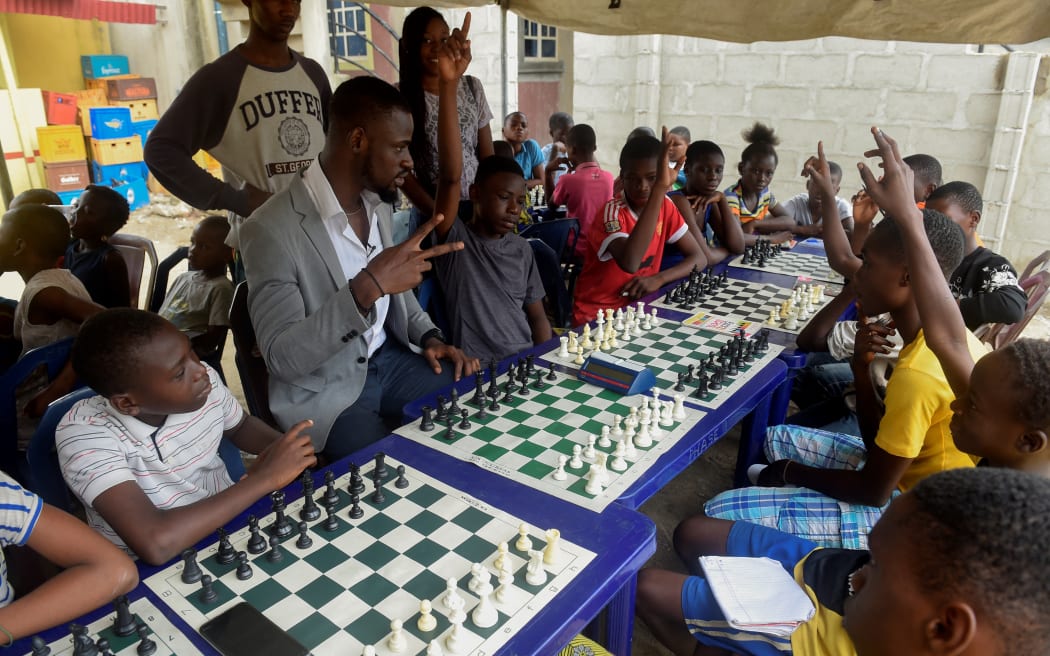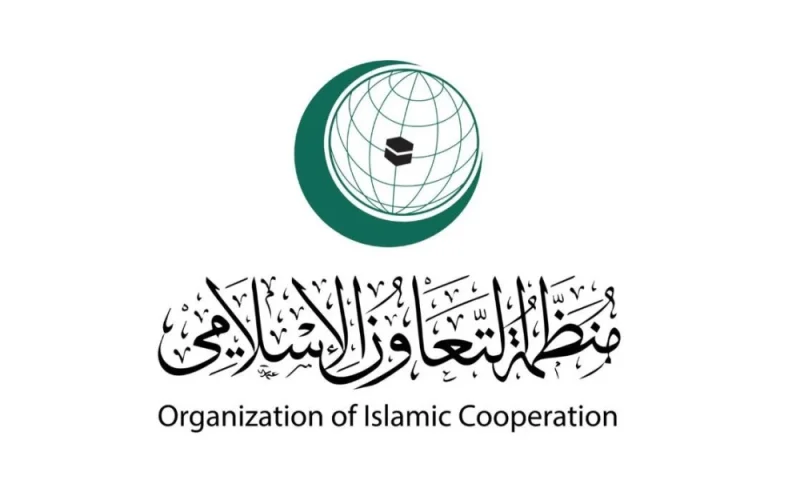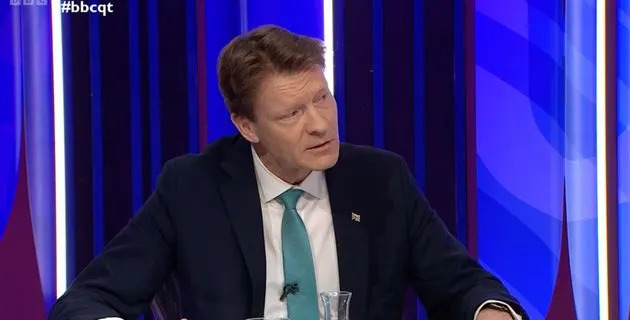UK
Sunak Enters Rwanda Migration Plan Endgame With Tories Fearing Fresh Failure
, Bloomberg News

(Bloomberg) -- As Rishi Sunak’s flagship migration policy enters its endgame next week, some Conservatives fret the prime minister has left himself exposed by the issue on which he has staked his premiership.
The UK leader on Friday vowed to keep Parliament sitting on Monday night until it passes legislation declaring Rwanda a “safe” destination to send asylum seekers, allowing deportation flights that were first mooted two years ago to get off the ground at last. That would crystallize the “deterrent” ministers have promised to put migrants off crossing the English Channel from France in small boats.
“We are going to get this done on Monday and we will sit there and vote until it’s done,” Sunak — who has repeatedly promised a deportation flight by the “spring” — told reporters on Friday. “We’re going to do everything we can to stop the boats.”
With the Tory right and the Reform UK party founded by Brexit campaigner Nigel Farage accusing Sunak of being soft on migration, Rwanda has become politically perilous for the prime minister as he seeks to revive his ailing fortunes ahead of a general election due by the end of January.
The premier made “stopping the boats” one of five key pledges to voters, and passing the bill — currently stuck in a Parliamentary process known as ping pong as the House of Lords and the Commons disagree on its content — would finally test the policy’s effectiveness.
For Sunak, it’s a dangerous moment, according to Conservative ministers and officials who spoke to Bloomberg on condition of anonymity discussing internal party thinking. If flights are blocked by legal challenges, then the law will have failed and Sunak’s chances of sending migrants to Rwanda before the election may be over, they said. If deportations begin in small numbers and crossings continue to surge, it would suggest the policy isn’t the deterrent Sunak promised, emboldening Reform and the right-wingers who want to oust him.
Since being announced in 2022 by Boris Johnson’s government, the Rwanda plan has yet to yield significant results. Sunak’s government argues that a 36% decline in crossings last year shows its potential. But numbers are at record levels this year.
The latest legislation aims to bypass last year’s Supreme Court ruling that Rwanda isn’t a safe destination for asylum seekers, by stating the opposite in law. The government hopes to organize the first deportation flight by the end of May, or even sooner to help Sunak through the a difficult set of local elections on May 2.
After a series of tax cuts failed to revive the Conservatives’ standing with the electorate, it’s one of the party’s last chances to reset the narrative ahead of the election, a Sunak ally said. That’s badly needed: The Tories for months have trailed Keir Starmer’s Labour Party by a polling margin fluctuating around 20 points.
Some in government are nervous that flights could again be blocked by legal challenges, even though that is exactly what the new law aims to avoid. If deportees manage to convince a judge of their case, that could mean months more delay, with time running out to enact the policy before election day.
In that scenario, Sunak has hinted he could pivot to a more hard-line policy, ignoring court rulings and even ending Britain’s relationship with the European Convention on Human Rights. That would test party unity. Centrist ministers may find themselves unable to support another lurch to the right, while right-wingers including former Home Office ministers Suella Braverman and Robert Jenrick would argue they’d been proved correct.
Other Tories warn a successful deportation flight may lead to new problems. Officials expect initially to deport only a few hundred migrants to Rwanda before the African nation pauses the program to assess how it’s working. Tories are concerned too that Channel crossings could spike in the summer due to the lag effect of large numbers of migrants who entered southern Europe last year attempting the onward journey to Britain.
It’s therefore possible crossings could increase after the first Rwanda flights, a Tory official said: in effect the policy’s implementation would expose its flaws.
“The prospect that they don’t manage to get a flight away is still underestimated,” Sunder Katwala of the British Future think tank told Bloomberg. “And if they do, the risk then is they end up proving that the policy doesn’t provide a deterrent, if the numbers of people continuing to cross the Channel exceed the number being flown to Rwanda week-by-week.”
Some of Sunak’s aides sense he’s running out of road. Advisers are looking for a “moment” they can use to call an election that would set them off on the front foot, one said. The plan has always been that Sunak would go to the polls later in the year, using an improving economy as a springboard to try to upend the polls. Economic moments that could be leveraged include when inflation, currently at 3.2%, falls to the Bank of England’s 2% target, or after the first interest rate cut, which markets suggest is expected in August or September.
Some Sunak staffers say Rwanda could offer a moment to call an earlier election. One suggested a summer vote after the first flight but before crossings pick up in the warmer months could allow the Tories to claim a policy win before it has a chance to unravel. Another envisaged a different outcome: if the courts do block flights, Sunak could call a snap election arguing he needs an electoral mandate to push the policy forward.
The bigger picture is that it’s not clear how any of those options would save the Tories from a resounding defeat. Polling this week gave them their worst rating in 45 years, with Sunak sinking to the joint lowest satisfaction rating for a sitting premier. Holding an election off the back of those numbers would be madness, one lawmaker said.
©2024 Bloomberg L.P.




 A
A



















